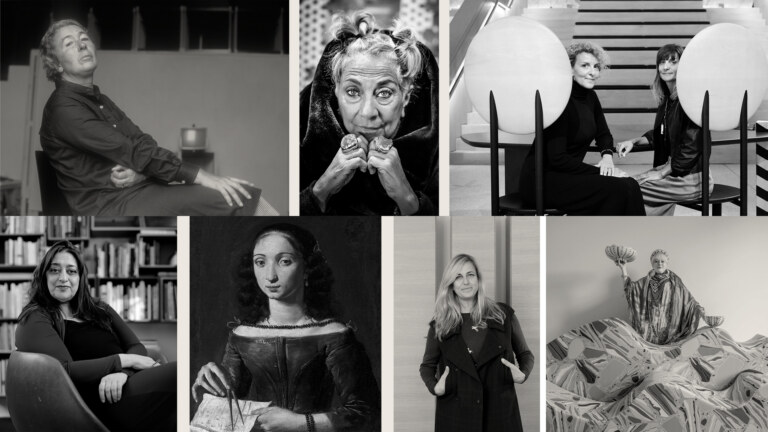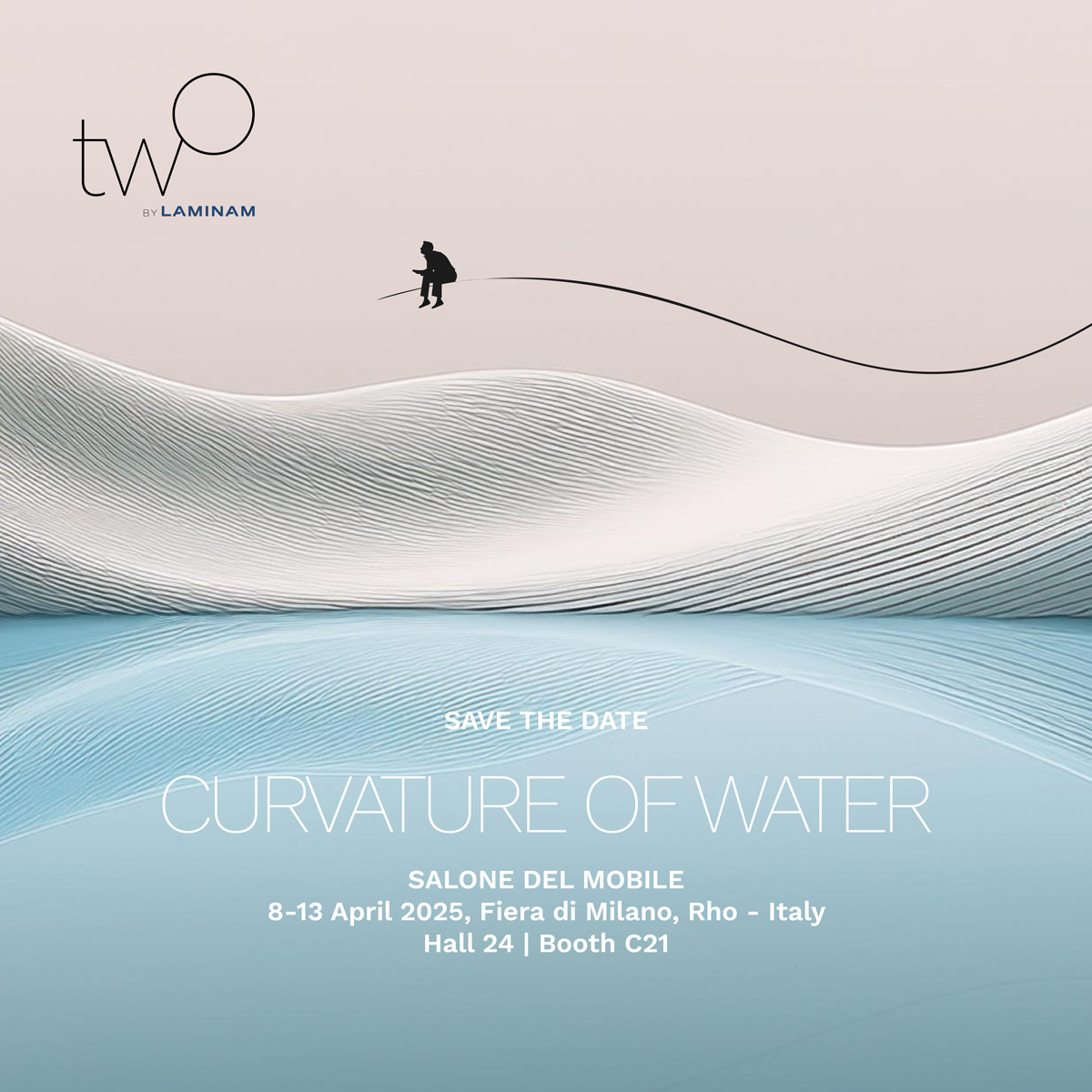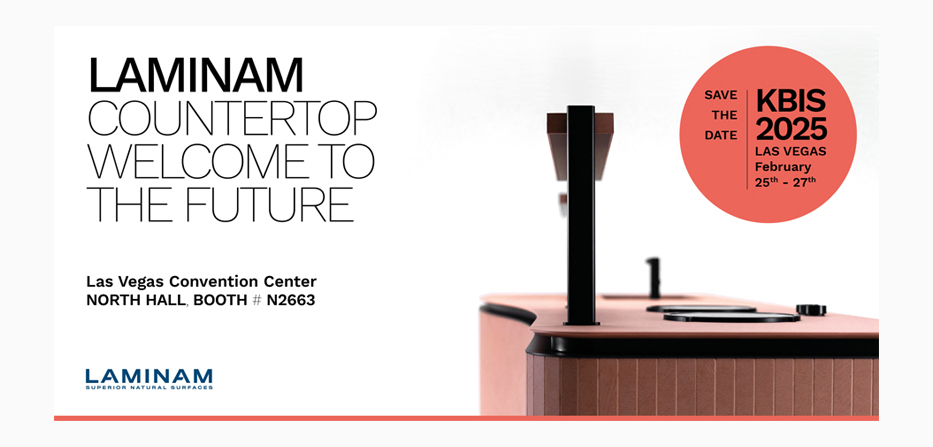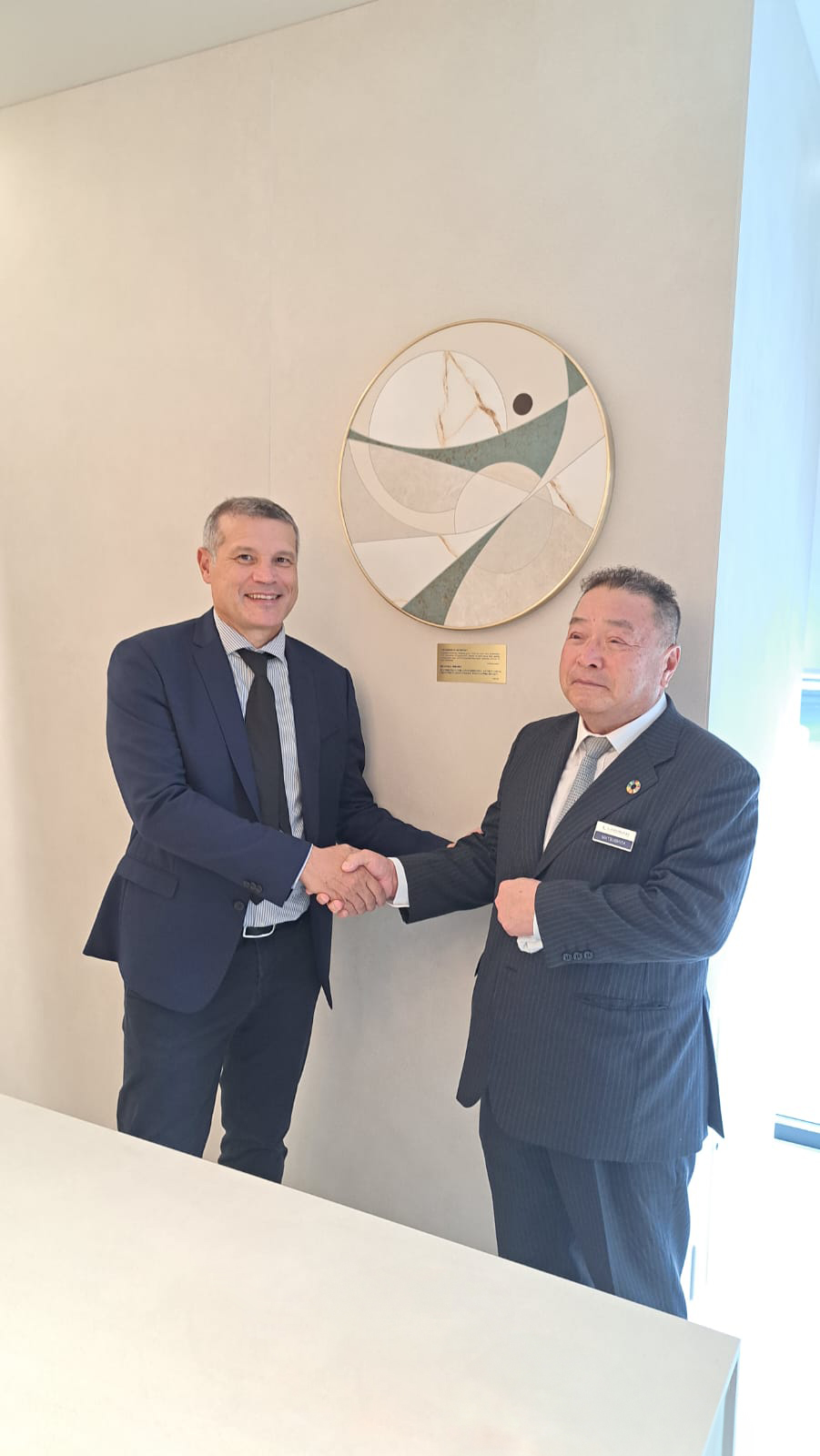
On March 8th, Laminam celebrates the women who – thanks to their creations and design thinking – have made history in architecture and design. An inclusive approach to construction, capable of ambitious leaps and grandeur.
When we say “history of architecture,” how many female architects come to your mind?
In a discipline that – like many other art fields – has seen a clear male predominance for centuries, women’s names are not scarce.
From starchitects like Zaha Hadid, to architects who have worked on urban development, designing private homes, public housing, gardens, public spaces, restrooms, schools, etc., women bring all their expertise and social sensitivity.
The first to make a mark in Italy – during the Baroque 17th century of Bernini and Borromini – was Plautilla Bricci. Born into an artistic family, Bricci enjoyed an independence and autonomy that were unthinkable for a woman of her time, since she never married and never took vows. Her most famous work was Villa Benedetta fuori Porta San Pancrazio, better known as il Vascello. During its construction, Bricci found herself coordinating colleagues like the aforementioned Bernini, but also Cortona and Grimaldi. A woman in charge? For the foreman, it was a bit of a scandal, so much so that he threatened to leave. It took the intervention of the abbot, assisted by a notary who drafted a document to compel all workers to obey the directives of Plautilla Bricci. She was referred to – to everyone’s astonishment – as “l’architettrice”, which is the Italian feminine form of “architetto”, or “architect”. L’architettrice was also the title of her fictionalized biography, written by Melania Mazzucco. Hearing it with Italian ears today, it sounds like an incorrect term, but at the time it sounded like a small revolution. It had been coined specifically for Plautilla Bricci (who was a painter first), in the absence, before then, of a feminine name that could define a female architect.
The difficulties encountered by women in the world of architecture often stem from anachronistic but persistent stereotypes. For example, Gae Aulenti – another essential name in the history of 20th-century architecture – used to say: “L’architettura è un mestiere da uomini ma io ho sempre fatto finta di nulla. (Architecture is a man’s job, but I’ve always pretended not to notice).”
Aulenti dealt with interior architecture, furniture, design of exhibition spaces, showrooms, and stages; noteworthy is her long and fruitful collaboration with Olivetti. Iconic pieces bear her signature, like the Pipistrello lamp, designed for the Olivetti showrooms in Paris and Buenos Aires and later produced in series by Martinelli Luce. Today we can also admire it at the MoMA in New York, as part of the permanent collections.
One of the most revolutionary figures in 20th-century architecture was undoubtedly Lina Bo Bardi. Bo Bardi graduated in Rome with a thesis on buildings for single mothers. After a period in Milan, during which she collaborated with Gio Ponti’s studio and took on the deputy directorship of the Domus magazine, in 1946 she moved to Brazil with her husband. He was Pietro Maria Bardi, director of the São Paulo Museum of Art, but Lina was far from being just the “wife of”: thanks to buildings like La Casa de Vidro – now headquarters of the foundation dedicated to her – or the MASP, the São Paulo Museum of Art (still the most important one in Latin America), or the Museum of Popular Art of Bahia, Bo Bardi’s contribution to the development of Brazilian architecture was fundamental.
Lina Bo Bardi
Female architects, designers, and… starchitects.
Here, thoughts undoubtedly turn to Zaha Hadid: the first woman in history to win the Pritzker Prize in 2004 and the Gold Medal of the Royal Institute of British Architects in 2016. Hadid believed that architecture should evoke pleasure and a sense of wonder. And what could be more wonderful than her unforgettable buildings? Characterized by curved structures, dynamic lines, and expanded shapes: majestic constructions that offer a contemporary reinterpretation of monumentality.
Among the projects of Hadid’s studio – where more than 240 architects work – are the MAXXI in Rome, the futuristic London Aquatics Centre, the Vitra Fire Station in Weil am Rhein, Germany, or the Guangzhou Opera House in China, but also a shoe collection, a jewelry line, and a bag for the big names in luxury fashion.
We are no longer strictly talking about architecture, but about industrial design, and even here – in addition to Hadid’s – women’s contribution can count on important names, sometimes still not too well-known.
Let’s start with Charlotte Perriand: French, she collaborated extensively with Le Corbusier and Pierre Jeanneret (but also with Fernand Léger, Jean Prouvé, and Lucio Costa), signing some of the most prestigious objects of the 1920s. And Cini Boeri? Her extraordinary design versatility earned her the Compasso d’Oro in 1979 for the modular sofa Strips designed for Arflex. A design bestseller that appears both in the permanent collections of museums like the Triennale in Milan and the MoMA in New York, and in the homes of fashion and cinema celebrities, although Boeri liked to emphasize its humble, domestic, practical character:
Cini Boeri
Other names...
Other names include Patricia Urquiola, creative director of Cassina, with active projects for the most important design brands; or Paola Navone: a passion for imagination and color dating back to her time with the Alchimia group where she trained, alongside Sottsass, Mendini, and Branzi. Or Studiopepe, with Arianna Lelli Mami and Chiara Di Pinto, from Milan to conquer the (aesthetic) world thanks to an unmistakable style: surreal and oneiric.
Not to forget all the creative talents who bring together East and West, North and South, in a confluence of cultures that promotes inclusion and exchange: India Mahdavi, Nina Yashar, or Bethan Laura Wood. Theirs is a bright thought and a feminine vision with a vital and extraordinary energy.
Just like all those women who every day – whatever their profession – invest their lives with ideas, charm, and passion. Today is your day.





